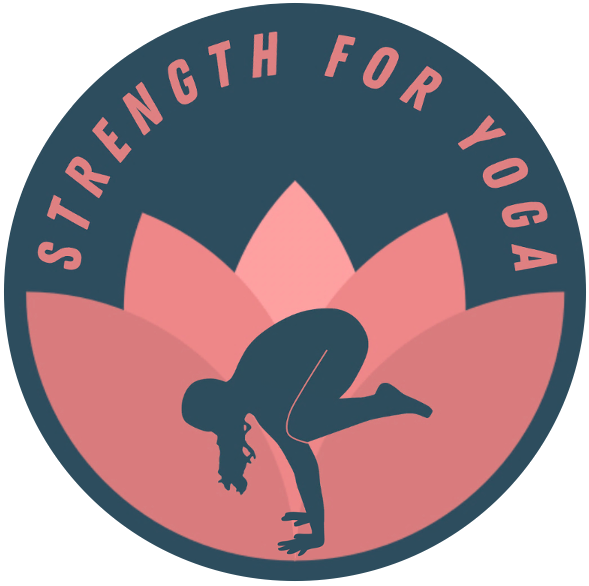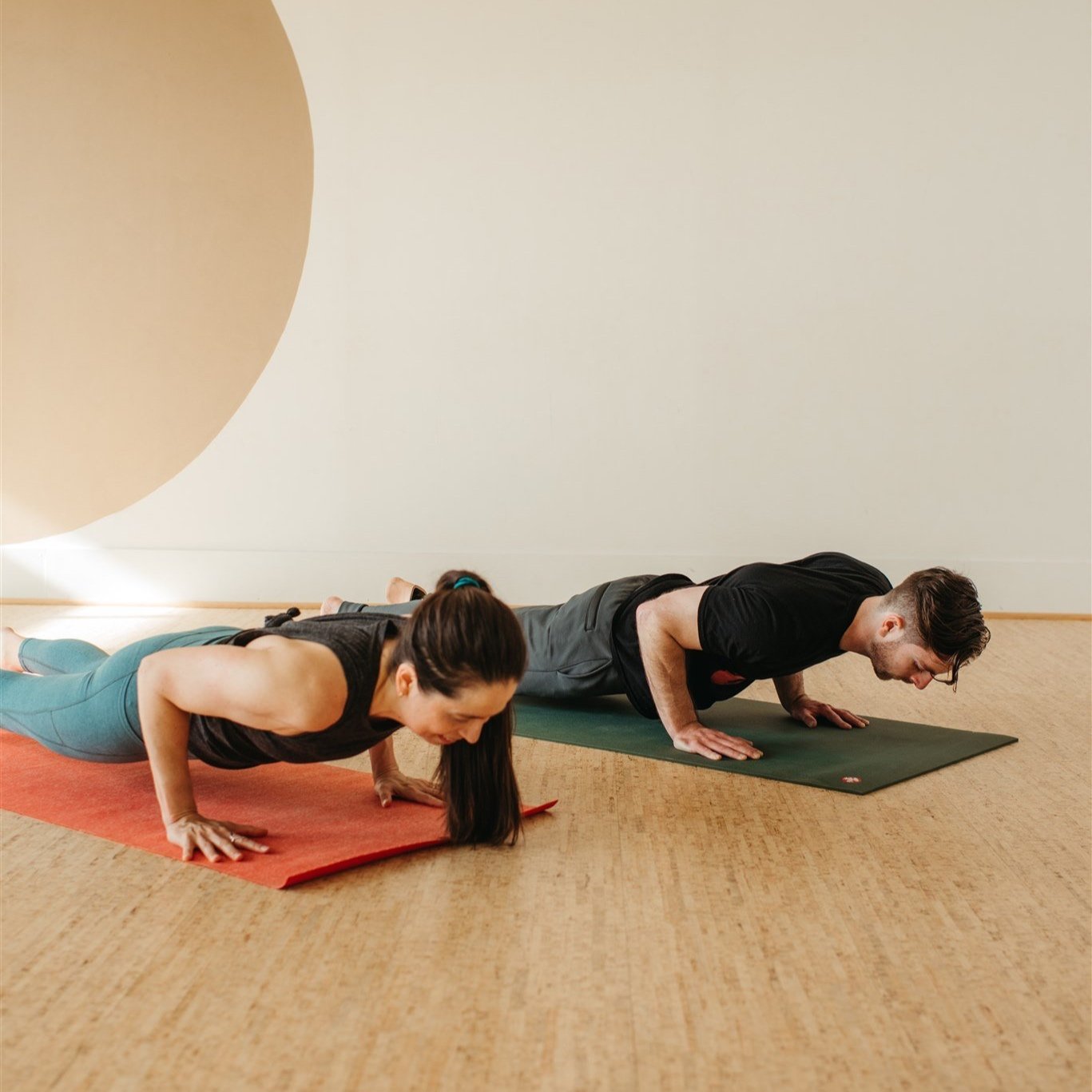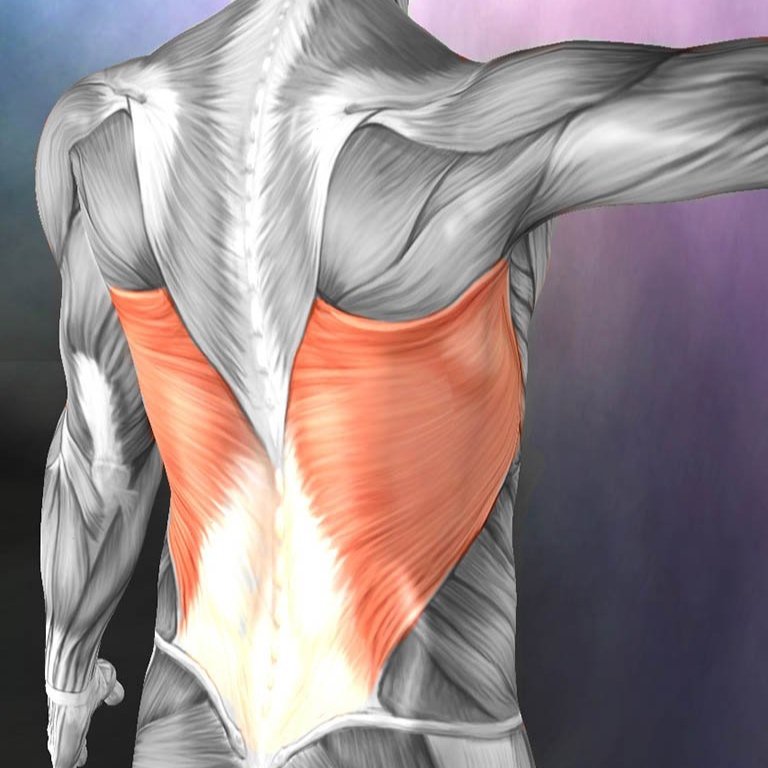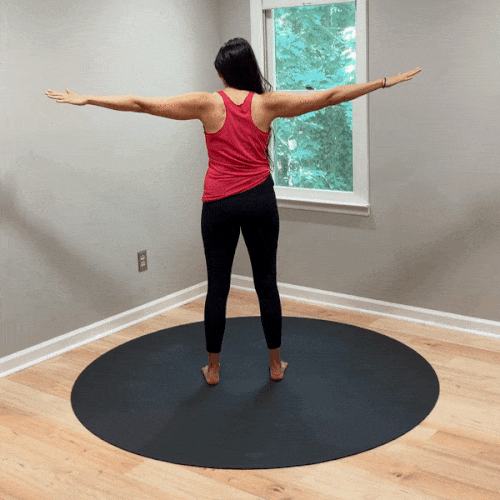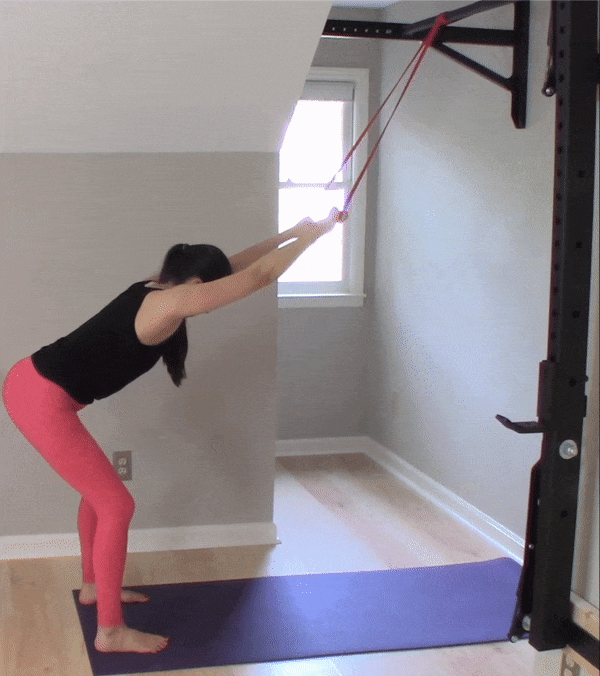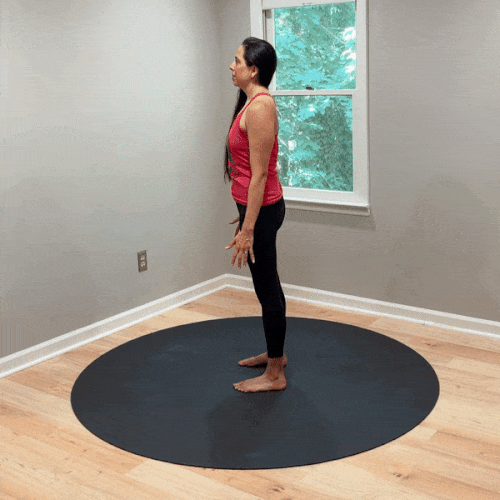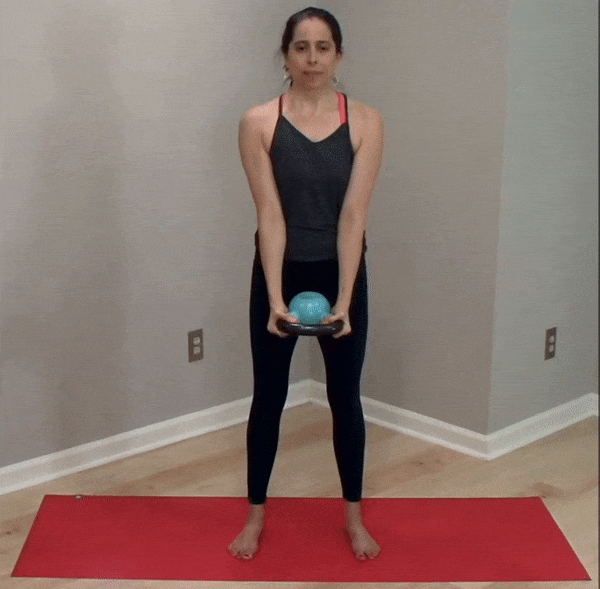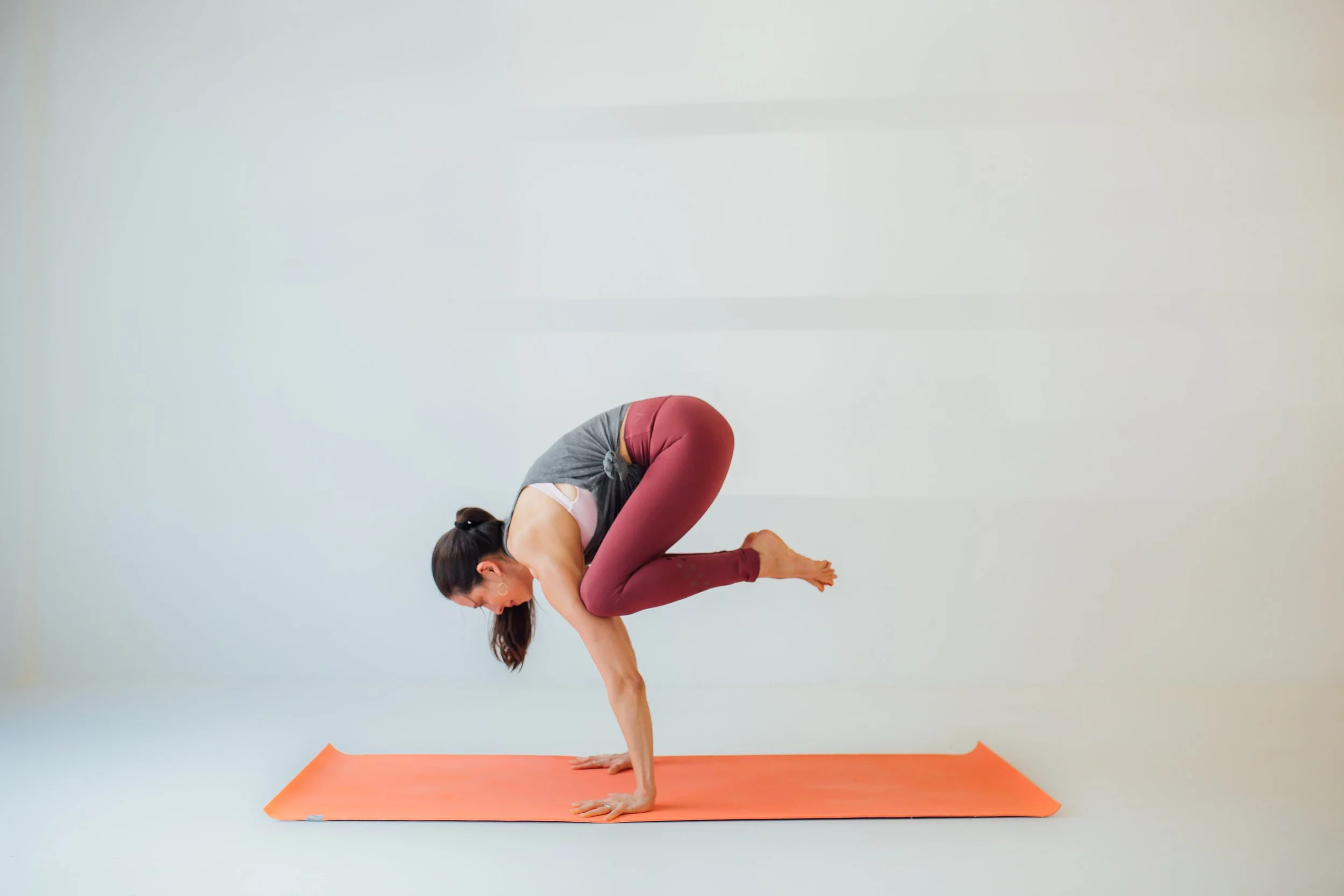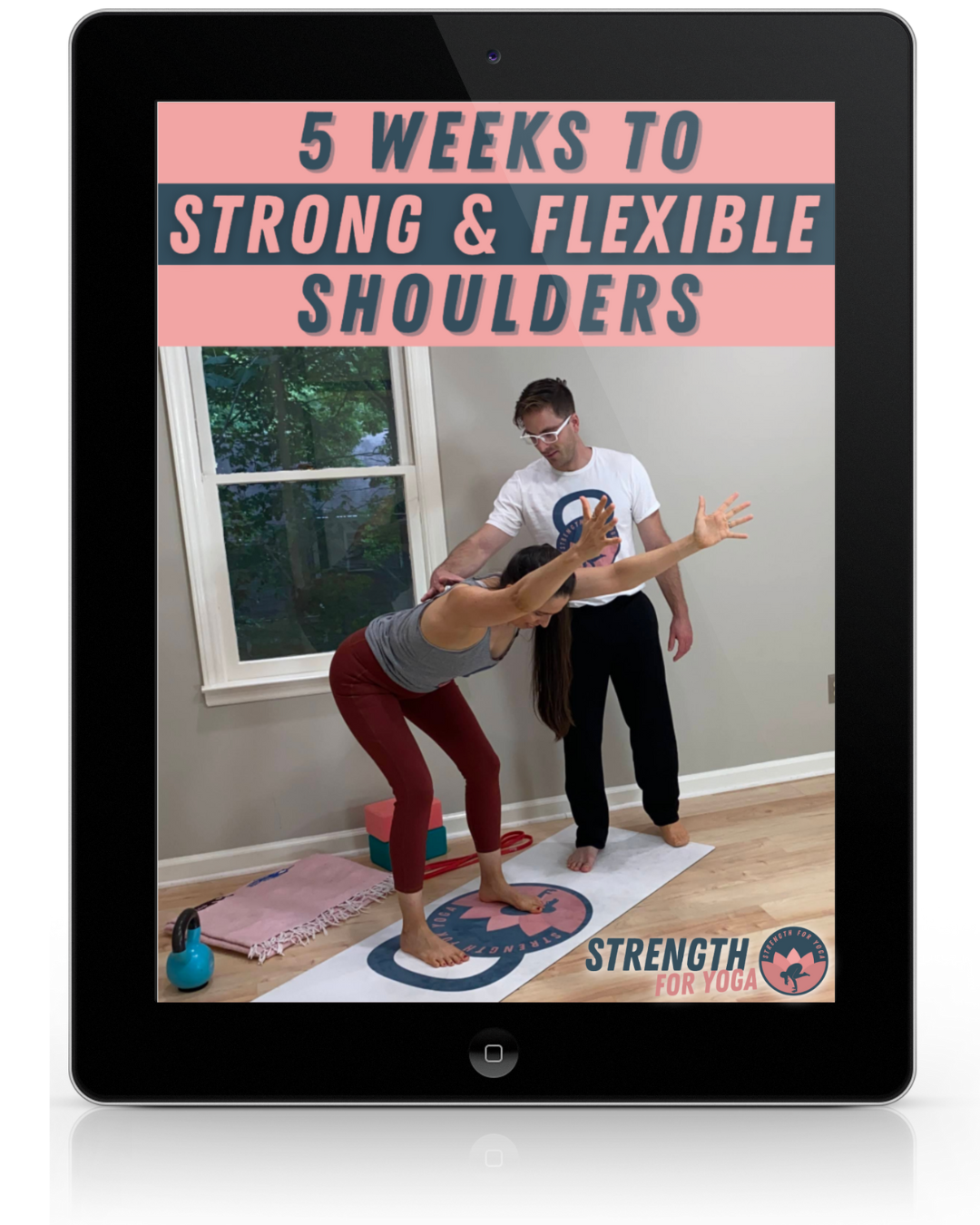What Major Arm Muscles Does Yoga Not Strengthen?
Did you know that yoga is a one-sided movement practice when it comes to the upper body?
We all know that yoga can be a strengthening practice for our arms.
Just think of all of those vinyasas, down dogs, and arm balances we do on the mat. That's a lot of work for our arms and shoulders, right?
The truth is that even though we do a lot of upper body loading in yoga, there are two major arm muscles that are hardly strengthened at all.
And those two muscles are (drum roll, please)...
The lats and the biceps – our shoulder-pulling muscles!
Latissimus dorsi
Biceps
The lats (or latissimus dorsi in full anatomy speak) are broad muscles on our back that cross our shoulder joint. And the biceps are located on the front of our upper arm. They cross both our shoulder joint and our elbow joint. They're the iconic muscle we see when someone "flexes" their arm.
How could it be that these two major shoulder-pulling muscles aren't strengthened in yoga?
Let's take a look at what's required in order to strengthen the lats and biceps.
The lats adduct the arm, drawing it toward midline:
This means that we can strengthen the lats when we adduct our arm against resistance.
The lats also extend the arm, pulling it behind us:
This means we can strengthen the lats when we extend our arm against resistance.
Strengthening the lats: adduction
Here's a classic gym-based example of an exercise that strengthens the lats via adduction: a lat pull-down:
See how the arms would move toward midline against resistance here? The lats are definitely being challenged in this exercise!
Strengthening the lats: extension
And here's a gym-based example of an exercise that strengthens the lats via extension: a stiff-arm pull-down:
Here, we still pull in a downward direction like we do in a lat pull-down, but we pull straight down and back instead of in toward the midline.
Strengthening the biceps
The main actions of the biceps are elbow flexion (bending the elbow) and forearm supination (turning the palm to face up).
Therefore, we can strengthen the biceps if we flex our elbow and/or supinate our forearm against resistance.
The most classic exercise that targets the biceps is – you probably guessed it! – a bicep curl.
Collectively, we can think of the lats and biceps as our main upper body pulling muscles because they work when we pull with our arms.
What about strengthening these shoulder-pulling muscles yoga?
If we examine a typical yoga practice, we can see that it doesn't include opportunities to strengthen our arms in a pulling manner like these gym exercises above do.
Take down dog, for example. We know that down dog can feel like a lot of work for our upper body, right? Could down dog target our lats and/or biceps?
Not really! Down dog is a classic upper body pushing move. To maintain the position, we actively push the floor away through our arms. This involves shoulder flexion and elbow extension, which are the opposite actions of the lats and biceps!
What about chaturanga? That must strengthen our biceps, right?
This one's deceptive. Because we see that the elbows are bent in chaturanga, it's easy to conclude that the biceps must be working here (because we know they flex the elbows).
However, in this position, the elbows are actually flexing due to gravity – not due to active muscular contractions. This means that the biceps aren't being targeted here at all. It's actually the triceps – the muscles on the back of the upper arm – that are doing the main work at the elbow joint in chaturanga.
Chaturanga is in fact another classic upper body pushing move (not pulling!).
Well, how about arm balances like crow pose? Those are really challenging for the arms and shoulders. They must strengthen the lats and biceps, right?
Nope! Crow pose – and all of yoga's arm balances – are yet more examples of upper body pushing moves (not pulling!). We're pushing the floor away in poses like these, which involves shoulder flexion and elbow extension (once again, the opposite actions of the lats and biceps!).
To summarize...
Everywhere we look in a typical yoga practice, we find upper body pushing moves and no complementary pulling moves. This means that our main pulling muscles, the lats and biceps, are largely overlooked when it comes to strength on the yoga mat.
But once we know what types of movements do challenge these muscles (shoulder adduction/extension and elbow flexion/supination), we can be more intentional about bringing these elements into our movement practice.
Strengthen your shoulder pushing and shoulder pulling muscles with us in our 5 Weeks to Strong & Flexible Shoulders program!
A series of 20-25 minute strength practices emailed to you every 3 days for 5 weeks
Led practices – just hit play and follow along with Jenni & Travis!
Minimal equipment requirements (1-2 dumbbells or kettlebells & 1 resistance band)
Tons of educational nuggets interspersed throughout the practices on topics like anatomy, physiology, and biomechanics
Lifetime access to all practices at the end of the 5 weeks
You Might Also Like…
